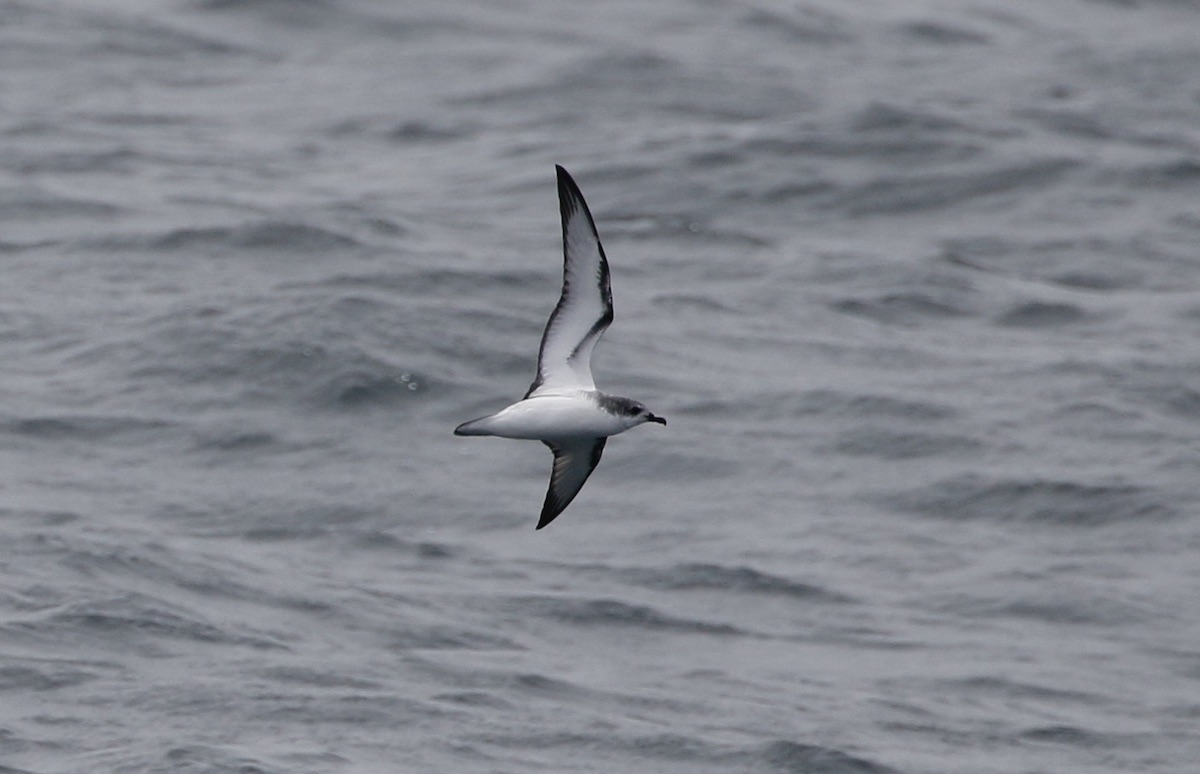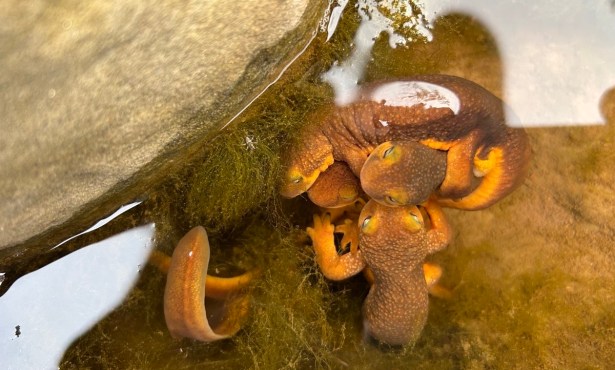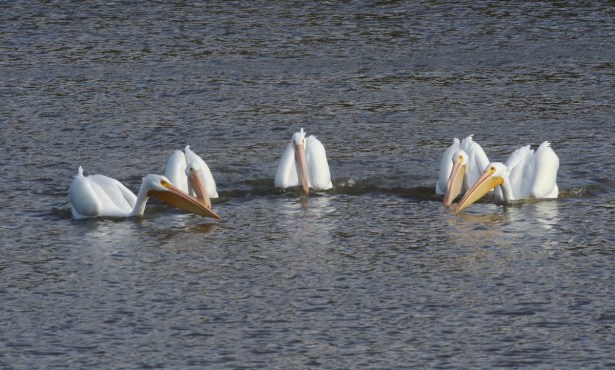Santa Barbara Birding: The Magic of the Pelagic
Ocean Birding Has Its Challenges but Also Potentially Great Rewards

It had been two years since I had been on a pelagic birding trip — COVID had put a damper on boat travel — and I was itching to get back out to sea. I signed up for Island Packer’s 12-hour deep-water excursion out of Ventura on July 31, fortunately reserving one of the last spots on this sold-out trip.
Pelagic birding is one of the most difficult types of birding because the birds are often distant, appearing and disappearing behind swells, and seen from a sometimes violently moving platform. Many of the species, which spend most of their lives out on the open ocean, rarely venturing close to land except to breed, are also very similar in appearance so that either excellent views or photographs are necessary for proper identification.
The rewards, though, are potentially great. Very few boats are chartered to go offshore far to the south of the Channel Islands, and these are the waters where species that are seldom seen from land are to be found — albatrosses, storm-petrels, murrelets, and tropicbirds, to name a few. What you see depends upon weather, water temperature, food supply, planning, and luck.

There was a great sense of anticipation as we pulled out of the harbor and hit the rolling sea. The marine forecast was not great, but Captain Joel Barrett, who is also a birder, picked a course to minimize choppiness and get us past the islands into the deep water where the potential prizes lay. You just never know what the sea will hold.
We arrived in the deep water and were going through a particularly rough stretch when up went the cry of “Cook’s petrel!” We all strained to see the distant bird, but it was gone before most could get a glimpse. Cook’s petrel is a great award on any pelagic trip. These slender birds — they weigh seven ounces and have a wingspan of 20 inches or so — are expert flyers, arcing high above the waves before zipping back down to the surface. They nest on three small islands off New Zealand and spend their winter (our summer) in the deep waters of the Pacific. Like the storm-petrels and shearwaters, petrels are “tube noses”; they have tubular nostrils on either side of the beak which enable them to have a great sense of smell.
There was a sense of disappointment because most had missed the bird, but often when there’s one Cook’s, there will be more. Sure enough, not half an hour later, I spotted a small gray-and-white bird hurtling toward the bow. “Cook’s!” I cried, and this time all got decent looks at this world traveler as it stayed in view for over a minute. Throughout the day, we were able to see several more, a real treat.
When we were well south of San Nicolas Island, a trip leader decided it was time to stop the boat and put down a slick. This entails pouring fish oil on the surface of the sea, which creates a smooth expanse on the ruffled surface. Then we waited. Most oceanic birds have a great sense of smell and will fly to the slick to investigate a potential food source. Sure enough, only a couple of minutes went by before there was a cry of “Albatross!” The bird was a mere speck on the horizon but made a beeline for the boat on incredibly long, narrow wings. The albatross soared around the boat for some time before landing close to the slick. The bird proved to be a black-footed albatross, one of the smaller members of the family, but still enormous. They nest primarily on the Hawaiian Islands.
Sign up for Indy Today to receive fresh news from Independent.com, in your inbox, every morning.
A sobering sight this far out to sea was a plastic bottle bobbing on the surface. Plastic is one of the major threats to the survival of seabirds. Once plastic breaks down into small pieces, seabirds mistake the plastic for food. It is estimated that 90 percent of the world’s seabirds have plastic in their systems, with albatrosses being particularly hard hit.
After we’d had our fill of the albatross, it was time to start heading back to port. We rounded San Nicolas and the anticipation grew as our next stop was going to be at tiny Santa Barbara Island, or more specifically the small islet, Sutil Island, just offshore. The brown booby was formerly a very rare bird in California waters but, since the 2010s, has become a more frequent visitor, probably because of warming oceans. Brown boobies began to use the sheer cliffs of Sutil Island as a roosting site, with a staggering 170 birds recorded on one occasion. Then, in 2017, a nest was discovered, and a few pairs have nested in the years since.

Not only were we hoping to see many brown boobies, but other, rarer species of booby have also been known to frequent the cliffs. Sure enough, as we pulled into the gap between Santa Barbara Island and Sutil, there were many brown boobies in the air and on the cliffs, certainly more than 50 birds. We spotted a downy nestling flapping its wings on top of the cliff. Then a blue-footed booby was spotted among a roosting group of browns. After more searching, a second blue-footed was seen, and one of the leaders saw their two bills clacking — a sure sign of courtship, and possibly nesting. This was intriguing.
We still had a lot of miles to cover before reaching home, so Captain Joel reluctantly tore us away from Sutil, and, warning us to hold on tight, steered the boat into the strengthening seas. Most of us were content to hunker down out of the spray, but a couple of enthusiastic leaders kept birding, and soon we were watching several pairs of Craveri’s murrelets sitting on the water, another seldom-seen species that breeds on islands off the coast of Baja California. Then a murrelet was spotted that looked a little different with more white on its face. It proved to be a Guadalupe murrelet and was certainly the rarest species of the day. The population is thought to number around 5,000 birds, and they only nest on two small islands off Baja. After patient stalking by Joel, we were able to get good looks at this little gem as it sat on the water in between diving after its fish prey.
As is often the case on pelagics, the surprises continued after the boat docked when birders had a chance to go through their photos. It turned out that one participant found he had a photo of one of the blue-footed boobies feeding a full-grown chick. If this nesting is confirmed, it will be the first record of the species breeding in the United States.
I’m already thinking ahead to the next pelagic trip in early October and wondering what the seas will offer up on that particular day.
Support the Santa Barbara Independent through a long-term or a single contribution.




You must be logged in to post a comment.